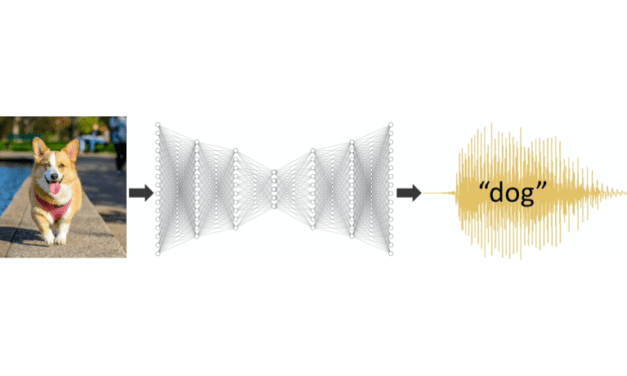Bill Postponing Medicare Cuts Expected to Become Law
The action extends a moratorium preventing reductions in reimbursement for audiology and speech-language pathology services, which were scheduled for implementation on April 1, according to ASHA.
Read More














